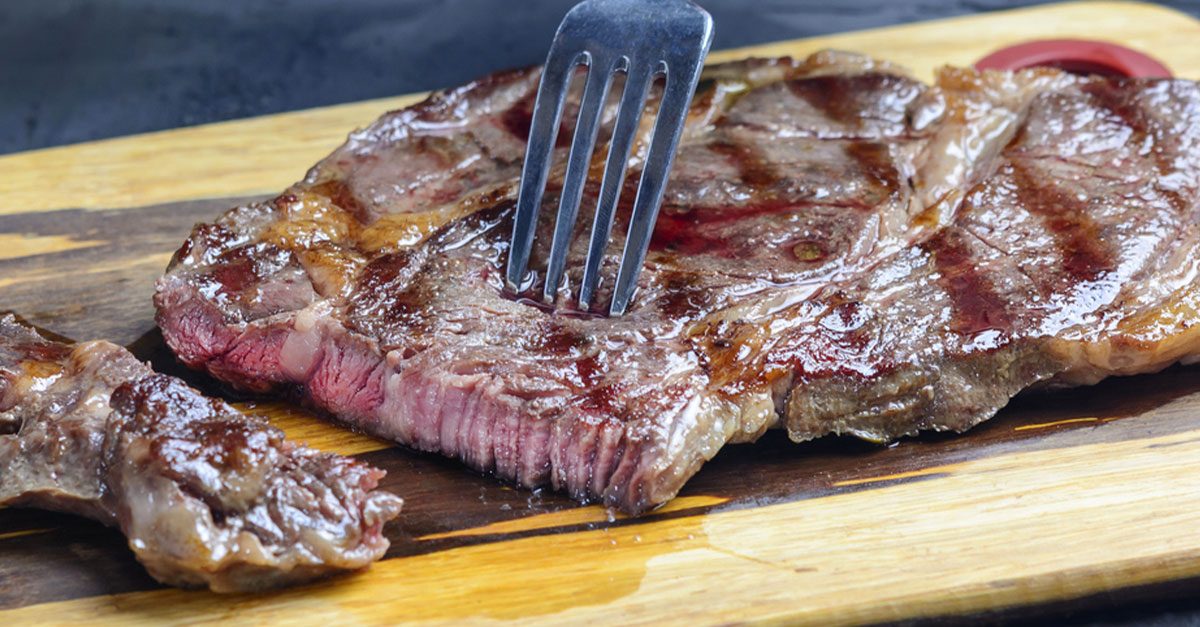Are Ice Cubes Really Safe For Consumption? Here’s Everything You Need To Know
Ice cubes make every drink better, whether it's the plain ol' coke on ice or peach tea. Many people think ice is safe for consumption but, beware, not all ice cubes are safe, most are commonly full of bacteria. However, scientists report that the bacteria on ice can be destroyed. Read on below to know more about ice bacteria and how to eradicate them.

The ice cubes produced from the freezer are full of bacteria which are mostly the bad type of bacteria. Although ice bought from the stores is not too bad, care must be taken to be suspicious of the ice from the local watering hole. The good news is that many drinks that are poured over the ice can kill these bacteria.
These drinks comprise alcohol, CO2, pH, and antibacterial ingredients of vodka, whisky, Martini, peach tea, tonic water, and coke.
A study researched the presence of pathogenic bacteria in ice cubes and evaluated their survival in different systems. In the study, sixty samples of ice cubes were produced at different levels. The levels are domestic, restaurants, and industrial facilities that are within a restricted geographical area.
The ice cubes from these three levels were investigated for their general microbiological characteristics by analyzing populations other than enteric bacteria. Total mesophilic bacteria were in the range present in thawed ice from the domestic freezer, stock boxes for self-production performed with ice machines in bars and pubs, and from sales packages of industrial productions.

Some domestic freezer and sales package samples were negative for the presence of total psychrotrophic bacteria, which transcribe that there are no specific microbial groups known to be affiliated with ice. Pseudomonads were found in the majority of ice samples analyzed from the three different levels.
The levels of contamination of the ice samples were significantly different between the three ice cube production levels. The samples of ice produced at the domestic level and those collected from bars and pubs were characterized by the highest cell densities. That is, these set ice are particularly contaminated with more bacteria as compared to the other levels of Ice.
The study conducted the research on the colonies representative of the different bacterial morphologies, which were randomly selected from plates, purified to homogeneity, and subjected to phenotypic and genotypic characterization. Fifty-two strains representing thirty-one species of eight bacterial genera were identified, with the most present groups included in Pseudomonas, Staphylococcus, Bacillus, and Acinetobacter.

A consistent percentage of the microorganisms identified from ice are known agents of human infections, and their presence indicate environmental contamination when consumed. In order to evaluate the effectiveness of the ice cubes to transfer pathogenic agents to consumers, a bar consumption research was simulated with different drink systems added with ice cubes.

The research established that ice is artificially contaminated with the strains found at dominant levels. The bacteria in the ice at the domestic level is Acinetobacter lwoffii ICE100, Bacillus cereus ICE170, Pseudomonas putida ICE224, and Staphylococcus haemolyticus ICE182, and the results showed a consistent reduction of bacterial risk in ice due to alcohol, CO2, pH and antibacterial ingredients of vodka, whisky, Martini, peach tea, tonic water, and coke.
;Resize,width=767;)
;Resize,width=712;)
;Resize,width=712;)
;Resize,width=712;)
